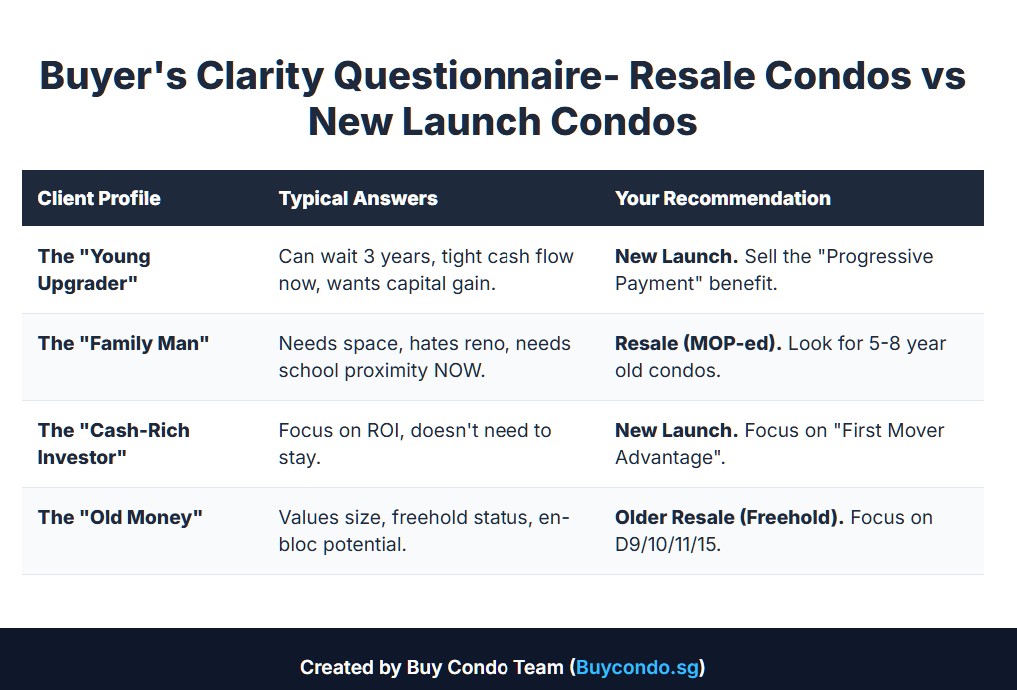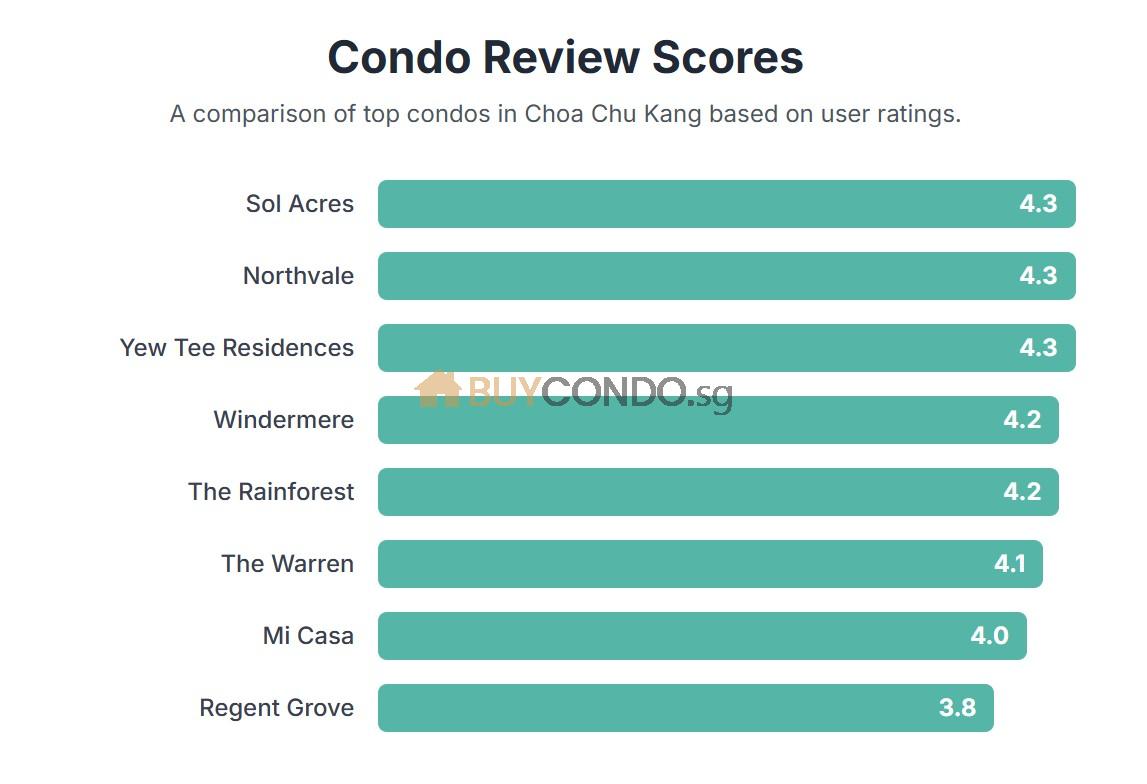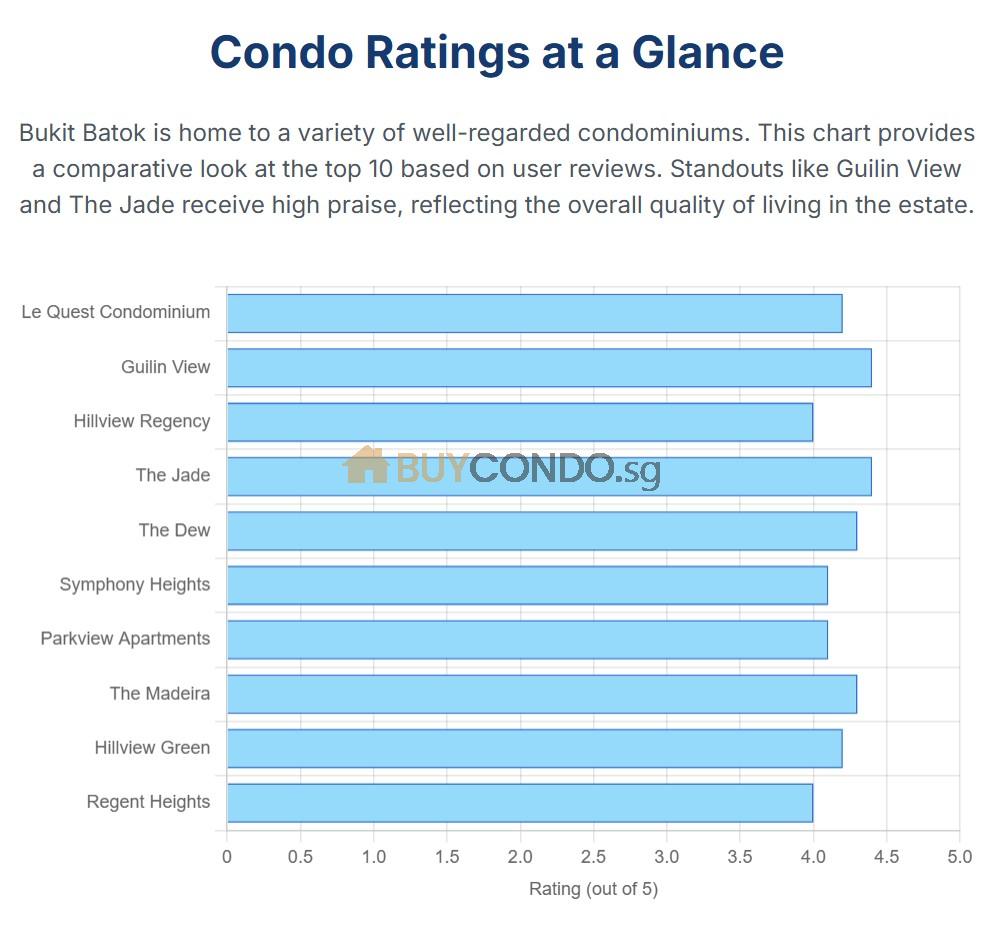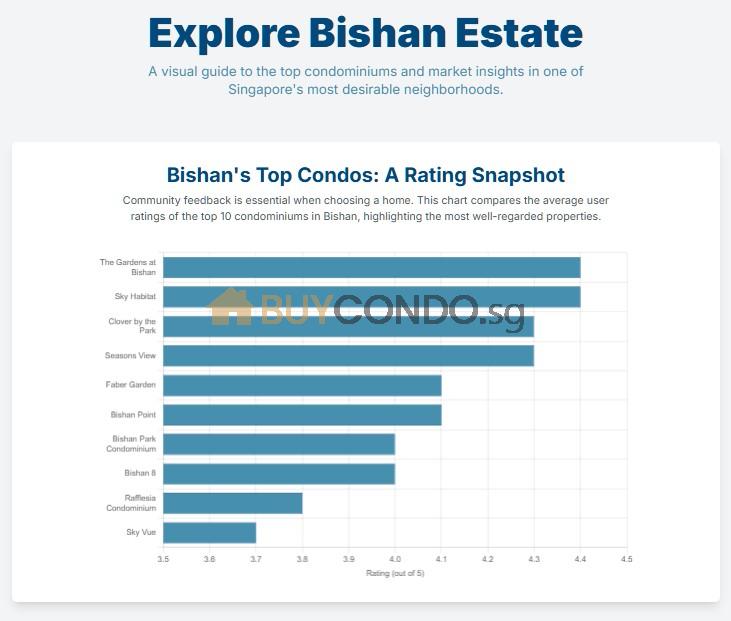Can I Rent a Condo and Sublet?
Can I Rent a Condo and Sublet? — a question some asked if they can make a business model out of it.
The rules might seem labyrinthine, and the need for subletting permission from the landlord could feel like a daunting barrier.
Whether for financial reasons or a sudden need to relocate, renting and subletting a condo becomes a real consideration. It’s a dance of legality and practicality, where knowing the intricate condo rental rules can feel like deciphering an ancient script. But here’s where my journey weaves with yours — because I’ve navigated this path before, and it led me to discover that familiar balance of home, no matter where life took me.
Key Takeaways – Can I Rent a Condo and Sublet?
- Check your lease agreement meticulously for subletting provisions.
- Always acquire explicit subletting permission from the landlord before proceeding.
- Understand your liabilities as the primary tenant when subleasing.
- Subletting can provide flexibility in uncertain times, but it must be done within legal boundaries.
- Respect the rules and maintain a good relationship with your landlord to ensure a smooth subletting experience.
Understanding the Fundamentals of Condo Subletting
As a tenant in Singapore’s dynamic real estate market, embracing the intricacies of subleasing a condo is critical. With leasing arrangements becoming increasingly flexible, understanding the mechanics of subletting, the legal implications, and the exact distinctions within these arrangements is paramount. This comprehension is necessary for tenants and landlords to ensure clarity and alignment with Singapore’s condo subletting laws.
Mechanics of Subleasing
Subleasing a condo involves a tenant transferring part or all of their possession rights to a sublessee. This agreement typically requires a lease agreement subletting clause allowing for such arrangements with specific conditions. Before considering subleasing, it is essential to verify that your lease agreement allows it and to obtain the necessary permissions from your landlord.
Distinguishing Sublease from Sublet
The terminologies of subleasing and subletting often confuse many. The difference is subtle yet significant; subleasing keeps the original lessee in an intermediary position between the landlord and sublessee, while subletting usually removes the intermediate tenant, allowing the sublessee to deal directly with the landlord. Factors such as duration of the lease, rights of the sublessee, and involvement of the original tenant distinguish these concepts.
Condo Subletting Laws in Singapore
In Singapore, subleasing falls within a legal framework that mandates private properties to abide by strict guidelines regarding tenure and occupancy. Singapore’s condo subletting laws ensure that private residences are not overcrowded and used for their intended purpose. Requirements, such as minimal rental periods and caps on the number of occupants, are enforced to promote a quality living environment within the community.
The landscape for renting and subletting a condominium in Singapore can be navigated smoothly with a proper understanding of these fundamentals. While lease agreement subletting may seem daunting, with the proper knowledge and adherence to Singapore’s condo subletting laws, tenants can sublease their units confidently and legally.
Setting the Terms: Lease Agreement and Landlord Consent
Embarking on a subletting journey begins with a clear understanding of the condo rental rules as dictated by your lease agreement. It’s not uncommon for tenants to overlook the fine print, but when considering a sublet condo contract, familiarizing oneself with the terms specified is non-negotiable. The prospect of seeking subletting permission from the landlord can often seem daunting, yet it’s a legal imperative that protects both you and the property owner.
Landlords tend to be wary of subletting due to the potential increase in tenants and the rise of disputes that may follow. It’s understandable – bringing more people into a community naturally invites more variables into the equation. As such, many lease agreements expressly forbid subletting. When faced with life’s unpredictable turns, like a shift in financial circumstances or a required extended leave from your condo, renegotiating your lease terms with the landlord is typically the safest path forward.
“Navigating the clauses of your original lease and initiating dialogue with your landlord about potential subletting are critical steps in ensuring that all parties’ interests are safeguarded.”
- Gauge your landlord’s stance on subletting.
- Review your lease agreement for any provisions related to subletting.
- Prepare to present a case for why subletting is necessary for your situation.
| Lease Agreement Checkpoint | Landlord’s Stipulations | My Responsibilities |
|---|---|---|
| Subletting Clause | Requires written consent for any sublet arrangement | Obtain formal approval before proceeding |
| Tenant Number Restrictions | Limits on the number of subtenants based on size and capacity | Ensure compliance with specified capacity |
| Rental Rates | No charging above original rent | Set equitable terms for subtenants |
| Damage Liability | Holds primary tenant accountable for damage by subtenants | Conduct thorough background checks on potential subtenants |
Finding a mutually beneficial agreement can be simpler than anticipated, especially if you approach the conversation with your landlord equipped with knowledge and a respectful understanding of their concerns. Remember, the ability to sublet your condo hinges on a harmonious agreement that aligns with the original lease stipulations and receives explicit approval from your landlord.
Subletting Guidelines and the Role of Tenancy Agreements
When considering whether can I rent a condo and sublet, it is pivotal to understand the influence of tenancy agreements on this decision. While navigating the complex terrain of condo rentals, tenants must respect their contractual obligations and the subletting guidelines dictated by these agreements.
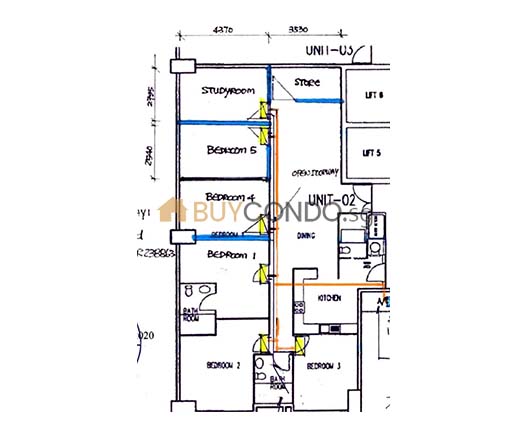
Restrictions and Permissions in Tenancy Agreements
Most tenancy agreements feature clauses with clear stipulations about subletting. These are often designed to maintain control over the occupancy and use of the property, reflecting the landlord’s preferences. As conditional as they may be, these clauses are not necessarily absolute barriers. Instead, they often set the stage for a discussion regarding potential exceptions to the rules. In such cases, the focal point of our conversation shifts from “can I rent a condo and sublet” to “how can I ethically and legally negotiate the possibility of subletting.”
Negotiating with Your Landlord for Subletting Approval
Negotiation takes center stage when a tenant’s circumstances change, prompting the need to sublet. The approach towards this conversation with the landlord should be tactful and transparent, aiming to secure an agreement that honors the interests of both parties. To facilitate this process, let’s consider the following table that outlines the aspects of a negotiation that can lead to subletting approval:
| Aspect of Negotiation | Key Considerations | Potential Outcomes |
|---|---|---|
| Proposed Terms of Sublet | Duration, rent pricing, sublessee qualifications | Amendment to current lease or new subletting contract |
| Landlord’s Concerns | Property maintenance, sublessee’s profile and reliability | Clear subletting guidelines and responsibilities outlined |
| Tenant’s Reliability | Payment history, property care, adherence to lease terms | Landlord’s increased willingness to grant permission |
| Legal Compliance | Adhering to local rental laws and condominium by-laws | Both parties assured of legal subletting parameters |
Ultimately, my familiarity with the subletting process and the ability to present a well-thought-out case to the landlord significantly enhance the chances of a successful negotiation. Bearing in mind the subletting guidelines set forth, both legally and contractually, accomplishes the primary objective of managing to rent my living space conscientiously and beneficially.
Can I Rent a Condo and Sublet: Legal Implications and URA Regulations for 8 pax
When contemplating condo subletting, familiarizing myself with the subletting guidelines is paramount—especially since the Urban Redevelopment Authority (URA) enforces specific regulations that could significantly impact my subleasing venture. One of the essential rules states that any subletting agreement must comply with a minimum lease of three months. Moreover, for households of unrelated individuals, URA imposes a maximum occupancy cap, which serves to maintain the residential quality and prevent overcrowding in private properties.
To give you a clearer picture of what the URA expects, let’s take a look at an illustrative table:
| Regulation Aspect | Details | Category |
|---|---|---|
| Minimum Lease Period | 3/6 months | Condo/HDB |
| Maximum Occupancy for Unrelated Individuals | 6 and up to 8 unless with URA Approval | Cond and HDB |
You also need to obtain explicit consent from my landlord before proceeding. This ensures that both legal and personal bases are covered, allowing for a harmonious subletting situation. It’s imperative that I do not view these guidelines as mere formalities but as a framework that safeguards the interests of all parties involved—the original tenant, the subtenant, and the landlord.

I earnestly advise any aspiring sublettors out there to be diligent in understanding and adhering to these stipulations. Ignoring or breaching URA/landlord subletting guidelines could lead to onerous outcomes, potentially resulting in considerable financial penalties or, worse, eviction.
By honing in on the prerequisites established by URA, you can confidently navigate the condo subletting territory. Success in such matters comes with meticulous attention to the regulatory landscapes and fostering transparent dialogue with all stakeholders. Remember, a well-informed tenant relishes both the privileges and responsibilities of subletting.
Conclusion – Can I Rent a Condo and Sublet?
Subleasing a condo in Singapore requires me to navigate the terms of my lease and national legislation with great care. Securing the landlord’s approval is just the first step in a journey tightly governed by rigorous condo rental rules. As a tenant, it is my responsibility to ensure that I respect the boundaries set by both my landlord and the legal system, blending prudence with compliance when considering subletting my residence.
It would be essential to work with a Property Manager in Singapore to help you manage the properties that you have in the pipeline.
In my quest to sublet legally, I’ve discovered that it’s not just about finding a subtenant; it’s about understanding and adhering to the subletting guidelines imposed by the Urban Redevelopment Authority (URA). These regulations are not merely bureaucratic hurdles but essential measures to maintain the intended residential character of Singapore’s neighborhoods and ensure the welfare of all tenants.
Key Takeaways for a Successful Condo Subletting Experience
My journey through the complex nuances of condo subleasing has taught me two defining principles: diligence and legality. By strictly adhering to the minimum lease terms and recognizing occupancy restrictions, I am positioned to embrace subleasing as a stable and legitimate source of income. It’s essential to remember that informed cooperation with regulations safeguards my interests and fortifies the integrity of the subleasing process in Singapore.
FAQ
Can I Rent a Condo and Sublet It?
Yes, you can rent a condo and sublet it, but it is subject to the condo rental rules and usually requires subletting permission from the landlord. Your lease agreement may have specific clauses regarding subletting, so it’s crucial to review these stipulations before making arrangements to sublet your rented condo.
What Are the Mechanics of Subleasing a Condo?
Subleasing a condo involves the primary tenant finding another person to rent all or part of the property. The original tenant remains responsible for the lease obligations, including rent and any damages incurred. Subleasing generally requires the landlord’s consent and adherence to the terms of the original lease agreement.
How Do I Distinguish Between a Sublease and Sublet?
The fundamental difference lies in the involvement of the original tenant. Subleasing means the original tenant remains an intermediary between the landlord and the new tenant, while subletting usually refers to the new tenant dealing directly with the landlord, potentially without the original tenant’s ongoing involvement.
What Are the Condo Subletting Laws in Singapore?
In Singapore, subleasing a private property is legal if it meets certain conditions, including a minimum lease term and an occupancy cap for unrelated individuals, as stipulated by URA regulations. Subleasing a Housing and Development Board (HDB) flat is subject to different rules and is only permissible under specific circumstances.
What Should I Include in a Sublet Condo Contract?
In a sublet condo contract, you should include terms that align with the condo rental rules, such as the duration of the sublease, rental amount, and the obligations of the sublessee. It’s important to get subletting permission from the landlord and ensure that the agreement complies with all relevant legal requirements.
Are There Restrictions and Permissions in Tenancy Agreements for Subletting?
Yes, most tenancy agreements will have clauses that either allow or restrict subletting. These clauses govern whether a tenant can sublet the property, under what conditions subletting is permissible, and any requirements the tenant must meet, like obtaining the landlord’s consent.
How Do I Negotiate with My Landlord for Subletting Approval?
To negotiate subletting approval, approach your landlord with a well-prepared plan that outlines how subletting the condo would work, including the potential sublessee’s credentials, the financial arrangements, and how you will address any concerns. Remaining transparent and demonstrating your ability to manage the subleting process responsibly can help in gaining approval.
What Are the URA Regulations for Subletting a Condo?
URA regulations require a minimum lease period of three months for private residential property sublets. There are also maximum occupancy limits to consider, which differ based on the property type and vary between four to six unrelated people for flats and eight for landed properties. Compliance with these regulations is necessary to legally sublet a condo in Singapore.
To navigate the subletting landscape responsibly in Singapore, you should start by understanding and adhering to URA rules, including the minimum lease term and occupancy restrictions. Secure the landlord’s permission, be clear about responsibilities with the sublessee, and ensure any subletting actions align with the terms of your lease agreement.







